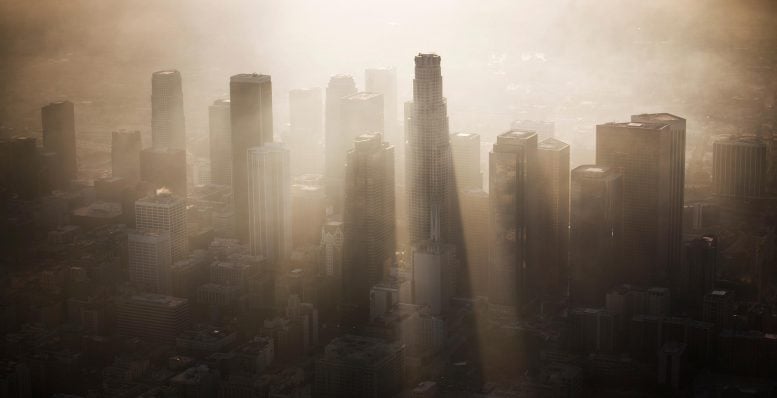
Record-Breaking Air Pollution in Nine Cities
American Lung Association’s ‘State of the Air’ report finds climate change is driving increases in unhealthy air, 150 million people at risk.
This year marks the 50th anniversary of the Clean Air Act, which is responsible for dramatic improvements in air quality. Despite this, a new report from the American Lung Association finds nearly half of the nation’s population – 150 million people – lived with and breathed polluted air, placing their health and lives at risk. The 21st annual “State of the Air” report finds that climate change continues to make air pollution worse, with many western communities again experiencing record-breaking spikes in particle pollution due to wildfires. Amid the COVID-19 pandemic, the impact of air pollution on lung health is of heightened concern.
The 2020 “State of the Air” report analyzed data from 2016, 2017, and 2018, the three years with the most recent quality-assured air pollution data. Notably, those three years were among the five hottest recorded in global history. When it comes to air quality, changing climate patterns fuel wildfires and their dangerous smoke, and lead to worsened particle and ozone pollution. This degraded air quality threatens everyone, especially children, older adults, and people living with lung disease.
“The report finds the air quality in some communities has improved, but the ‘State of the Air’ finds that far too many people are still breathing unhealthy air,” said American Lung Association President and CEO Harold Wimmer. “This year’s report shows that climate change continues to degrade air quality and increase the risk of air pollution harming health. To protect the advances in air quality we fought for 50 years ago through the Clean Air Act, we must again act today, implementing effective policies to protect our air quality and lung health against the threat of climate change.”
“Air pollution is linked to greater risk of lung infection,” Wimmer added. “Protecting everyone from COVID-19 and other lung infections is an urgent reminder of the importance of clean air.”
Each year, “State of the Air” reports on the two most widespread outdoor air pollutants, ozone pollution and particle pollution. Each is dangerous to public health and can be lethal. The 2020 “State of the Air” report found that more than 20.8 million people lived in counties that had unhealthy levels of air pollution in all categories from 2016 to 2018. Below are the report findings for each category graded.
Particle Pollution
Unhealthy particles in the air come from wildfires, wood-burning stoves, coal-fired power plants, diesel engines and other sources. Particle pollution can be deadly. Technically known as PM2.5, these microscopic particles lodge deep in the lungs and can even enter the bloodstream. Particle pollution can trigger asthma attacks, heart attacks and strokes and cause lung cancer. New research also links air pollution to the development of serious diseases, such as asthma and dementia.
The report has two grades for particle pollution: one for “short-term” particle pollution, or daily spikes, and one for the annual average, “year-round” level that represents the concentration of particles day-in and day-out in each location.
Short-Term Particle Pollution
More cities experienced more days with spikes in particle pollution in this year’s report. In fact, nine western cities reached their most days ever reported. These deadly spikes were driven in large part by smoke from major wildfires in 2018, especially in California, and some locations also saw spikes from woodsmoke from heating homes. Of note, 24 of the 25 most polluted cities were located in the western region of the U.S. Nationwide, more than 53.3 million people experienced these unhealthy spikes in particle pollution.
Top 10 U.S. Cities Most Polluted by Short-term Particle Pollution (24-hour PM2.5):
- Fresno-Madera-Hanford, California
- Bakersfield, California
- San Jose-San Francisco-Oakland, California
- Fairbanks, Alaska
- Yakima, Washington
- Los Angeles-Long Beach, California
- Missoula, Montana
- Redding-Red Bluff, California
- Salt Lake City-Provo-Orem, Utah
- Phoenix-Mesa, Arizona
Year-Round Particle Pollution
More than 21.2 million people lived in counties with unhealthy levels of year-round particle pollution, which is more than in the last three “State of the Air” reports. Progress toward healthy air continued in many places thanks to steps taken to clean up emissions that lead to particle pollution, but 13 of the 26 most polluted cities faced worse levels of year-round particle pollution. Some cities had so many days of short-term particle pollution spikes that the sheer number led to them having higher annual averages as well.
Many cities experienced their cleanest-ever annual average, yet remained on the nation’s most polluted list. Despite making the top 10 most polluted list, both Fresno-Madera-Hanford, California, and Pittsburgh metro area tied with their previous record of cleanest air in the 21-year history of the report. And while Chicago, Cincinnati, and Indianapolis made the top 25 most polluted list, each hit their cleanest-ever annual average.
Top 10 U.S. Cities Most Polluted by Year-Round Particle Pollution (Annual PM2.5):
- Bakersfield, California
- Fresno-Madera-Hanford, California
- Visalia, California
- Los Angeles-Long Beach, California
- San Jose-San Francisco-Oakland, California
- Fairbanks, Alaska
- Phoenix-Mesa, Arizona
- El Centro, California
- Pittsburgh-New Castle-Weirton, PA-OH-WV
- Detroit-Warren-Ann Arbor, Michigan
Ozone Pollution
Ozone pollution, often referred to as smog, is a powerful respiratory irritant whose effects have been likened to a sunburn of the lung. Inhaling ozone can cause shortness of breath, trigger coughing and asthma attacks and may shorten life. Warmer temperatures driven by climate change make ozone more likely to form and harder to clean up.
Significantly more people suffered unhealthy ozone pollution in the 2020 report than in the last three “State of the Air” reports. More than 137 million people lived in the area county earning a failing grade for ozone pollution. This shows the changing climate’s impact on air quality, as ozone pollution worsened during the global record-breaking heat years tracked in the 2020 report. However, despite making the top ten list of most ozone-polluted cities, San Jose-San Francisco-Oakland, California experienced its best-ever air quality for ozone.
Top 10 Most Ozone-Polluted Cities:
- Los Angeles-Long Beach, California
- Visalia, California
- Bakersfield, California
- Fresno-Madera-Hanford, California
- Sacramento-Roseville, California
- San Diego-Chula Vista-Carlsbad, California
- Phoenix-Mesa, Arizona
- San Jose-San Francisco-Oakland, California
- Las Vegas-Henderson, Nevada
- Denver-Aurora, Colorado
Cleanest Cities
The “State of the Air” also recognizes the nation’s four cleanest cities. To make the list, a city must experience no high ozone or high particle pollution days and must rank among the 25 cities with the lowest year-round particle pollution levels.
Cleanest U.S. Cities (listed in alphabetical order)
- Bangor, Maine
- Burlington-South Burlington-Barre, Vermont
- Honolulu, Hawaii
- Wilmington, North Carolina
“The science is clear: the nation needs stronger limits on ozone and particle pollution to safeguard health, especially for children and people with lung disease,” Wimmer said. “Every family has the right to breathe healthy air – and the right to know when air pollution levels are unhealthy. The Clean Air Act is a powerful protector of public health and Americans breathe healthier air today because of this landmark law. But climate change poses increasingly dire threats to air quality and lung health, and our leaders must take immediate, significant action to safeguard the air we all breathe.”

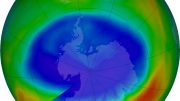
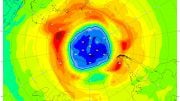
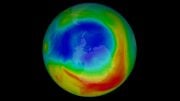
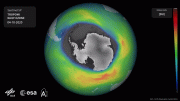

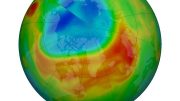
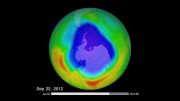
A link to the original data would be nice. The top 10 worst and the top 4 best offer little insight.
Real data values for all cities would be nice to have access to.
https://www.lung.org/
http://www.stateoftheair.org/
Sadly most scientists are compromised via political agendas and $$$. Plus with technology taking off in 1997, that’s when scientists figured out how to “alter” data or CGI’s to their political benefactors best interests. I was a geological/climate major, and the fact that we are speeding up answered process called global warming which occurs between each “ice age”, is total rubbish.FACT: If all carbon emissions from all vehicles, machines, factories was eliminated today, the air and warming wouldn’t slow down or stop and it would take 200-400 yrs to change 1/4 of 1 degree. Constant growth of cities and dark asphalt are a main contributing factor. Phx AZ is now painting streets a off white to lower temperatures and its working. But getting developed in already crowded cities is a big issue. China, India are the biggest pollution contributors in CA, I have seen the pollution cross the pacific ocean on satellite, yet the UN and a Biden U.S. does/wilk NOT go after them while they build 70-80 newcoalolants per year including 2020. 70% of CA pollution is from the biggest threat to humanity ever: CHINA. I urge moving a large city’s population out upto 40miles, spread it out, thereby reducing the potential pollution signature by 40% in those cities. Also, Since the invention of ride shares and delivery platform’s pollution and traffic accidents in those cities has gone up 31 to 50% with an increase in vehicles on the road by as much as the pollution increase. And lawn blowers are another huge pollution & dust contributor, especially in LA where they’re used way to much.
And if people think electric vehicles is the way to go I have a wake up for you: Electric and hybrid vehicles are produced in the worst offending factories and their components are not recycled or slightly recyclable. Batteries are not recyclable. The cold hard facts are the all-gas vehicles are still less expensive and a better cleaner alternative. Diesels are the worst.
Nope, you are wrong on all of your “facts”.